
Description: Looking through and considering generating revenue and sales for entrepreneurs, small business owners, and medium to large sized enterprises.
Charting the Path to Start-Up Success
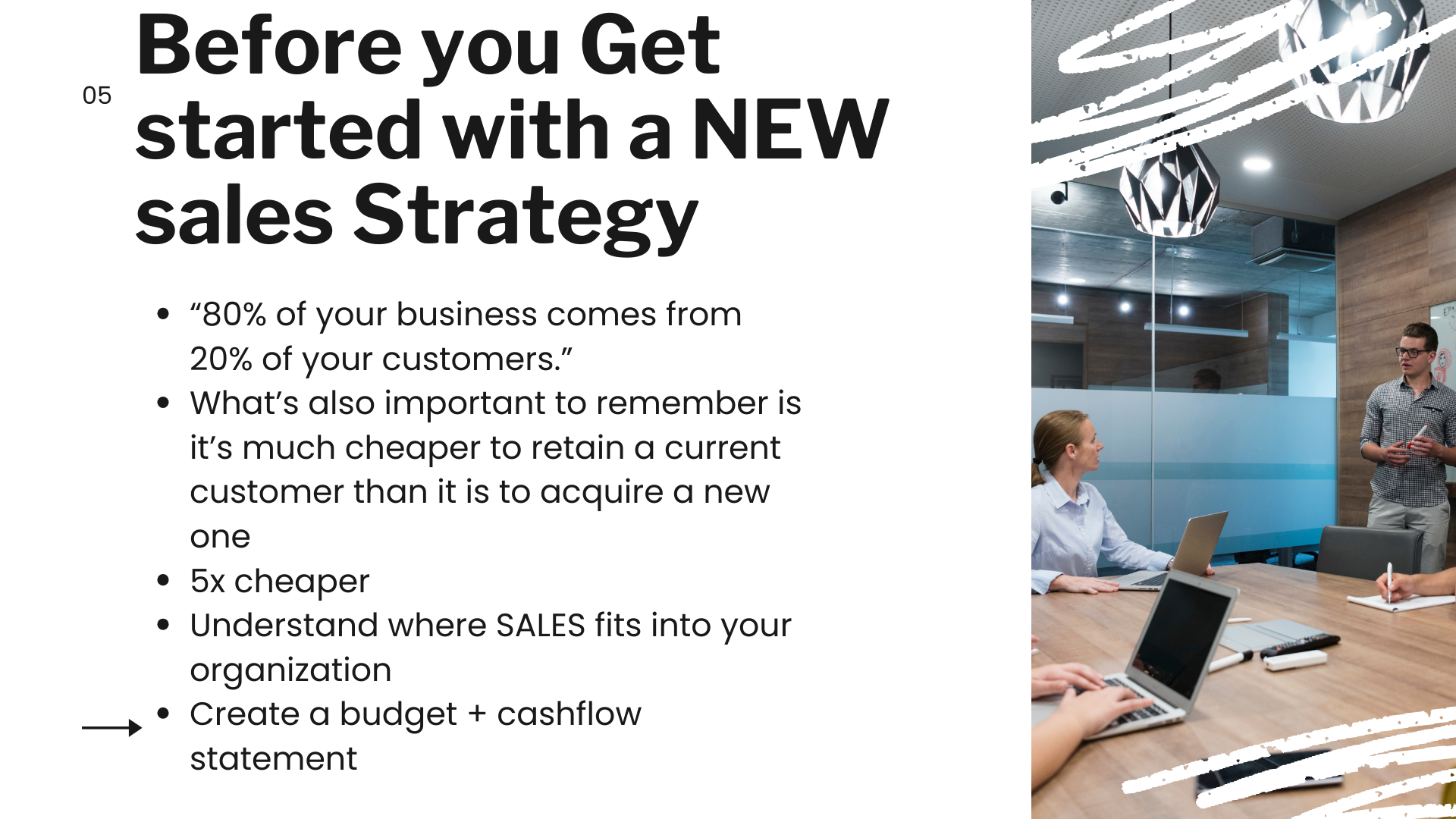
The importance of an effective startup sales strategy cannot be overstated. My hope is that through this post you'll:
- Assess the health of your organization
- Review your sales related activities and outcomes
- Develop and maintain an organizational scorecard that drives accountability
- Outline a plan and strategy that helps manage your time, energy, attention and efforts to generate money
It's the steering wheel that guides your business's growth efforts. In this post, I discuss customize strategies to suit your startup's unique needs and circumstances. My process comes in the form of reviewing activities, assessing current circumstances and predicting a path to Sales and Revenue goals via careful planning.
My focus is on taking long term planning and breaking that into more manageable chunks, leveraging Quarterly Retrospectives, Monthly Planning Sessions, Bi-Weekly Sprints, and the tracking of daily activity.
My tech stack comes in the form of an Enterprise Resource Planning tool, known as Odoo, which allows me to use functionality most important to driving sales and revenue to my business:
- CRM | Customer Relationship Management Software
- Contacts
- Accounting
- Products and Sales
- eCourses
- Websites
- Project + Knowledge Management
By working on a custom approach, you'll position your business to drive sales, increase market reach, and ensure its success.

In today's ever-evolving sales landscape, adaptability is key. Keeping an eye on new trends, adapting to changes, and maintaining flexibility in your sales strategies will go a long way in helping you achieve your startup goals.
Adaptability, including working across teams and across functions, means opportunities to develop predictable revenue.
While this isn't a perfect process, my focus as a "one man show," is to create as many organizational efficiencies as possible while ensuring excellent product quality, every time. Process and planning are important aspects, identifying opportunities for marketing automation and improvement.
Feedback becomes the most important aspect of this process: easy assess to dashboards and reports which paint a qualitative and quantitive picture, or story, of the health of my organization at any given time.
While I've improved by leaps and bounds this year, I'm imperfect. The blessing has come in the form of Odoo as a central place for me to consolidate all my business related efforts and to track activity, basically a storage bin for all the technical debt, in the form of content, links, articels, blogs, invoices, customer contact data, into one place.
Great Sales Stories Begin at the End
Let your customers follow
and understand your process.
The Beginning of the Story Outlines How Things Got Started
Click on the icon to adapt it
to your purpose.
The Middle of the Story Communicates the Journey
Duplicate blocks
to add more steps.
The End of the Story Equals the Feeling Your Customers Exeprieince After Receiving Value
Select and delete blocks
to remove some steps.
The lessons have come in the form of understanding and interpreting the data while building the systems and processes along the way, which based on my earliest understanding, is creating some tough, yet manageable landmines to avoid in the future in the form of:
- Redundancies
- Data Duplication
- Incomplete Data
- Velocity Issues
In order to improve, I've expanded my capacity of Information Systems, Project Management, and more deeply developed skillsets around programming, engineering, and databases. Related concepts to solutions design, software architecture and corporate finance have provided deeper opportunities to learn:
- Financial Operations
- Development Operations
- Revenue Operations
- Sales Operations
- Product Operations
- Growth Hacking
What I've learned is that broadly, Enterprises are full of content and artifacts, e.g. the business documents, spreadsheets, reports and information which help to contextualize the health of your business.
My business comes in the form of content creation, education, training, through the lens of business, personal growth and development, and how that translates to happier and healthier communities.
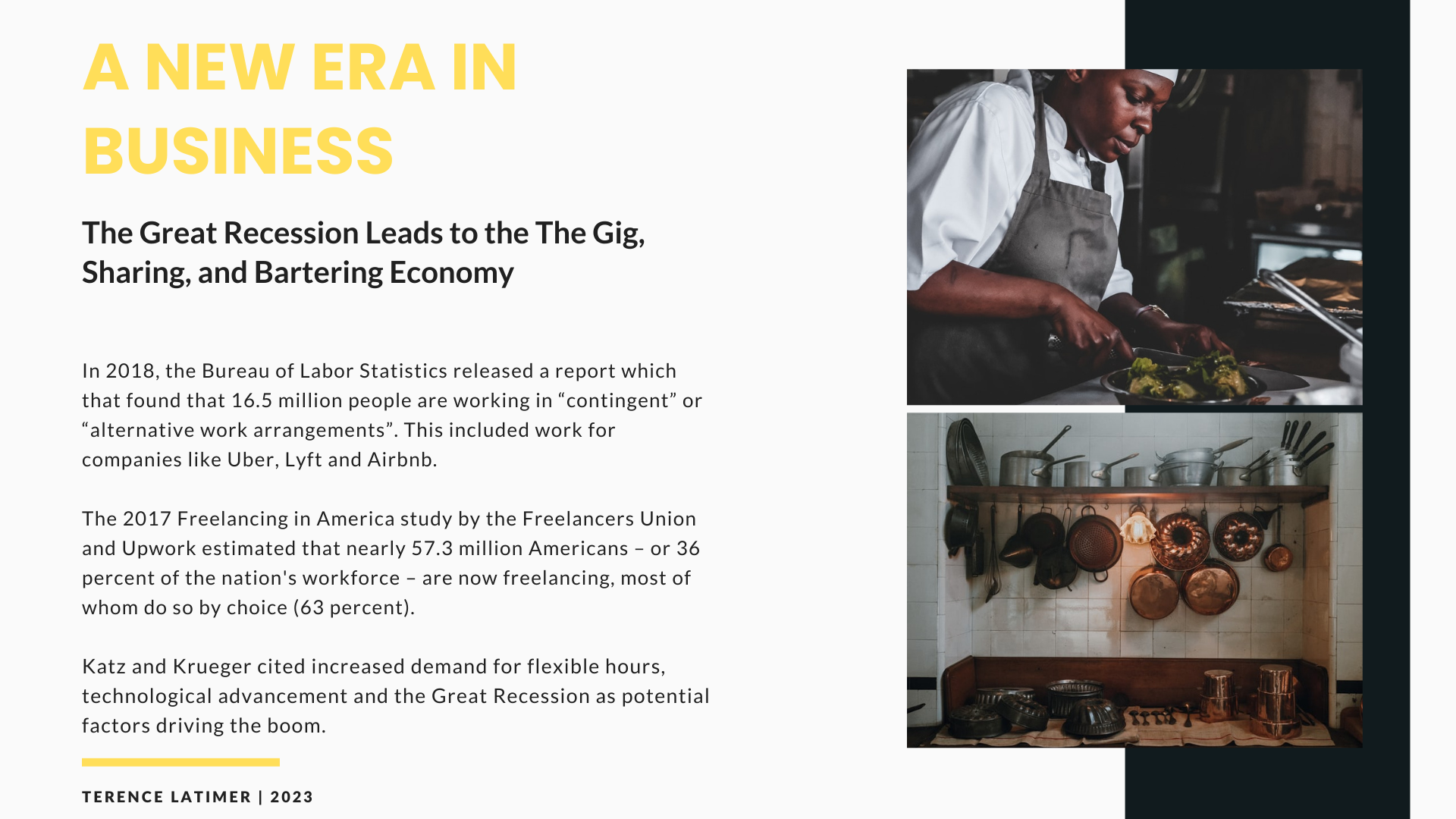
My thought process is this approach extends to curating memberships and nurturing leads through social media groups, where community-building plays a pivotal role in identifying potential clients.
That, then organizes my activity. Through the lens of a Writer, who focuses on Creative Technology as it relates to Building Businesses and Leveraging Technologies available for small businesses and startups, I go about the process of organizing my acitivities, habits, behaviors, products, and services, around the delivery of value based on the problems that my customers are having.
The predictability comes in the form of anticipating the problems customers might have before they have them, which is why this process of improcing ones sales and operational strategy is never ending.
The process of continuous improvement and continuous delivery, based on my interepretation, communicates recognizing traditional sales tactics in the form of inbound and outbound sales efforts have been updated to include new methodologies and technologies, designed to get the attention of your customer while empathically communicating why they should choose you versus your competition, which comes down to crafting the perfect Sales Story.
Crafting the Perfect Sales Story
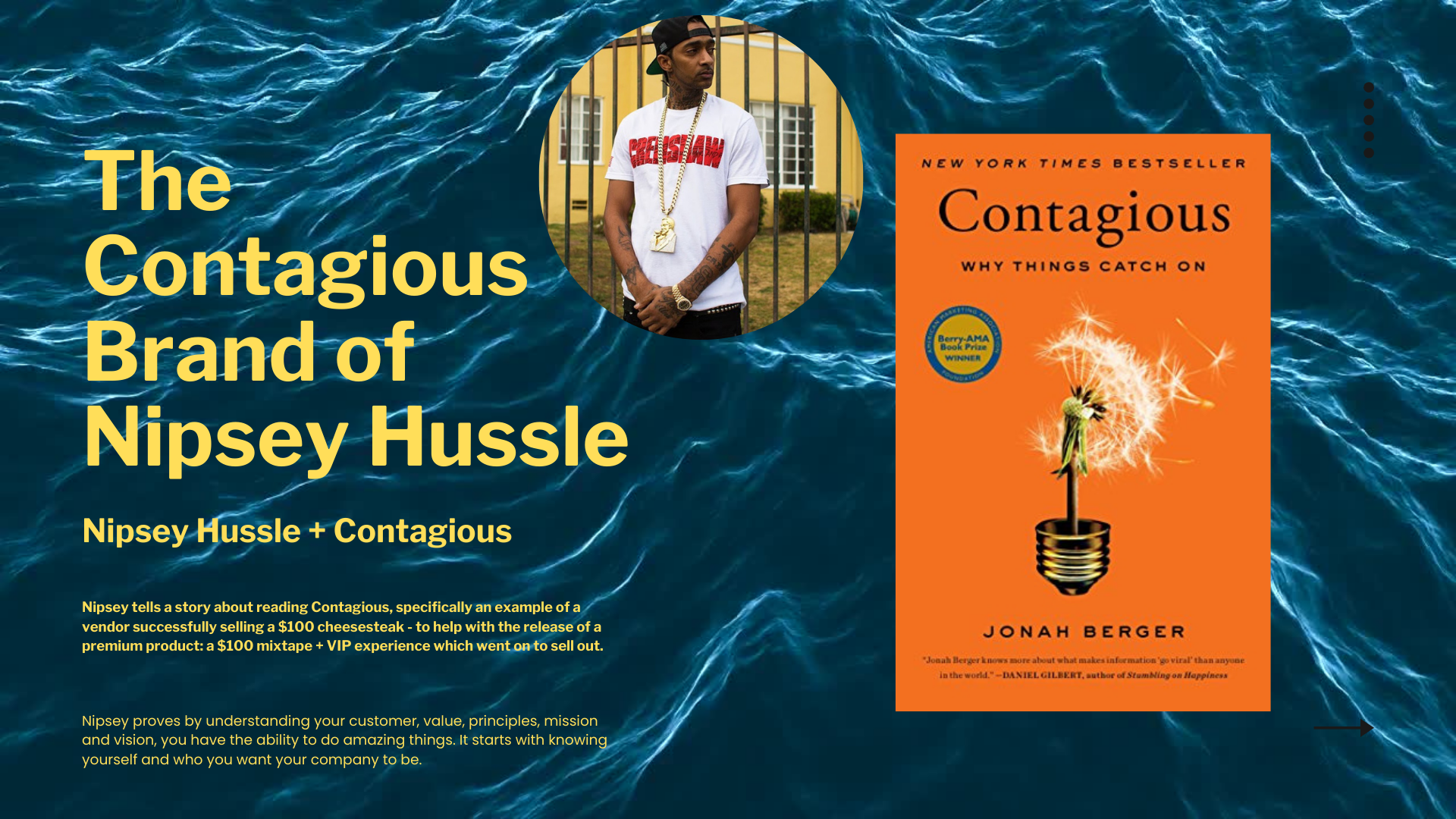
My goal for you as the Creating a compelling sales strategy for your startup involves more than just traditional approaches.
In the 8 years I've worked as a startup founder, as well as my 17-year career working across multiple industries, I've recognized sales is a matter of expectations:
aligning the value of your product and service to the pain point or problem your customer is currently experiencing.
My process was rooted working 4.5 years as a Digital Sales Executive before taking my skills to the startup world.
At the time, I worked to contextualize my understanding of sales and lessons learned through the lens of my 5 Sales Tips for Your Startups Sales Strategy.
At the time, and a bit younger in my career, my primary focus was on aligning long term mission, vision and values to help develop the core tenants of a growth marketing strategy focused on developing and scaling a business as a soloprenuer.
With time, I recognized that Time, Energy, Attention and Money were interrelated resources with correlated levels of business value.
Business value helps to contextualize the activities related to your activities as a small business owner and operator.
Activities are typically organized the most important components of your business.
For me, that come down to things such as:
- technology,
- operations, and
- sales related activities.
I've learned that as busy business professionals with an equally important personal we typically have 3 of those resources and are seeking an abundance of the fourth.
Which is why I've been so intentional around the way I build and scale (and fail) business(es).
Recognizing both my limited capacity on a daily basis only further complicated limited capacity to live, I recognized the important interweaving of both personal and professional lives into everyday circumstances.
Designing a life worth living came in the form of defining one's purpose, and committing to iterate on that statement through an annual process of forecasting, planning, reviewing, estimating and so forth.
Through the lens of storytelling:
What are the essential elements of a life well lived?
Career, People, Environment, Wellness, Education, Finance and Creativity are important modules in my life, and offer the framework to organize activities heavily reliant on cooperation and successful outcomes of the whole.
One of those included documenting learnings and lessons around this process, including the documentation of learnings and recommendations.
Publishing the results of my learnings and findings, and helping to contextualize its content came in the form of working on understanding who I was talking to, why and so much more.
My story in a nutshell?
Working for myself on the path a life well lived, I write about my experiences building and scaling companies, document my findings, and share my lessons and insights for you to agree or disagree with to assist you on the path to building YOUR respective business.
5 Easy Steps to Develop Your Startups Sales Strategy

5 Easy Steps to Develop Your Startups Sales Strategy was one of my earlier examples of said documentation, and one I'm excited to revisit as part of an annual process around writing, creativity, content creation, distribution, publishing, management, and archiving.
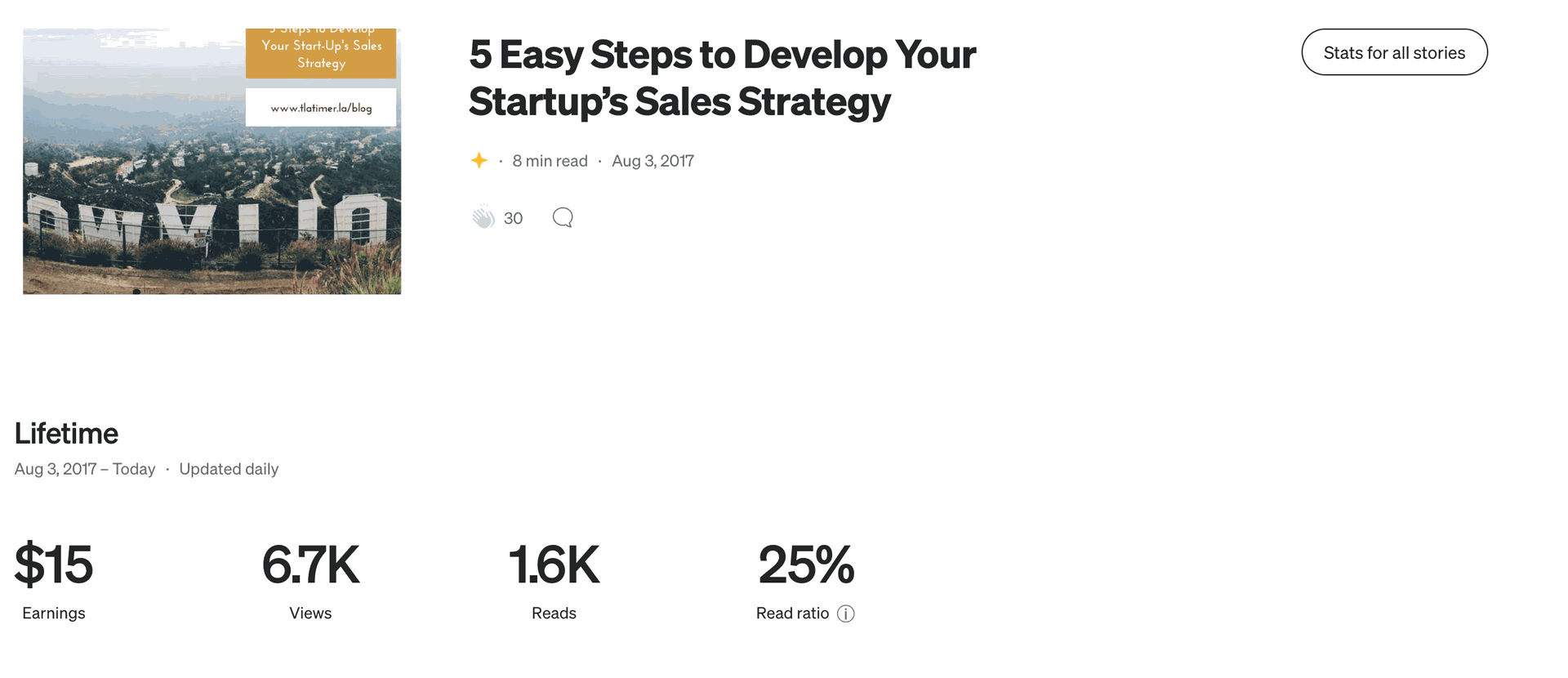
While the post has never been a raving success, it did give me the courage to recognize that my message resonated with a broader audience: I scaled that piece of content into an e-course with plans to scale into a full-fledged training.
I'm currently in the process of revisiting that course, offering additional trainings as well as opportunities to take advantage of additional lessons around revenue operations.
Part of those lessons include the importance of working with a team to execute against the strategy you've developed, typically rooted in your long term plan with a focus on executing against your vision with the daily, weekly, monthly, quarterly, and annual activities responsible for driving your organization and enterprise forward.
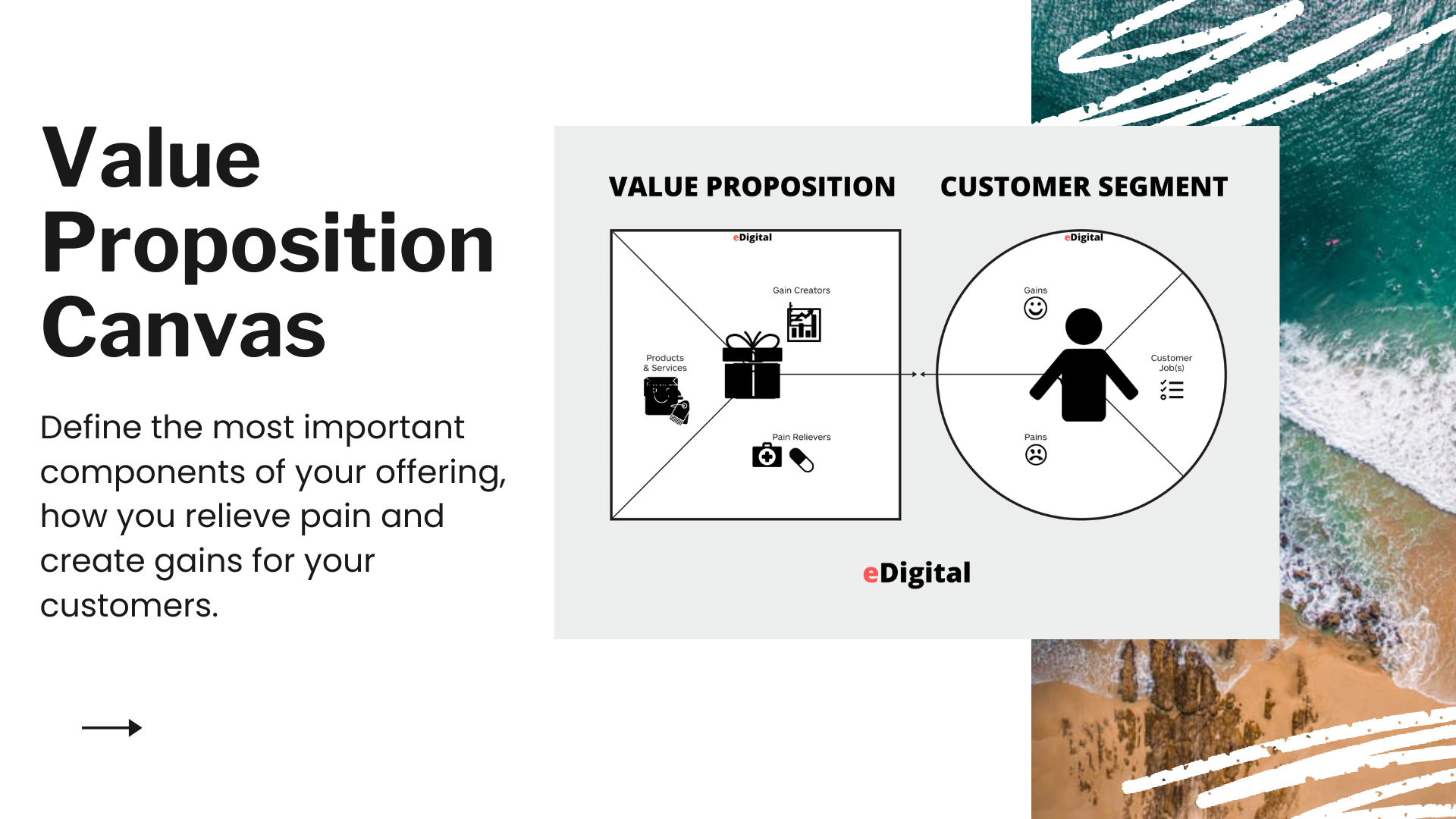
While aspects of your business plan offer a qualitative description of your business in the form of mission, vision, core values, and how those translate to operational decisions defining your process for fulfilling the needs of your customers through your value propositions, it's interrelaility to your values, and the products and services you're able to create and recreate with duplicable, beneficial results.
Your purpose as a business owner, as related to my Three P's of Purpose [INSERT LINK TO THREE P'S OF PURPOSE WEBINAR] (Your Past, Your Present and Your Prediction) will also be upgraded to include a focus on additional P's including:
- Process,
- Procedure,
- and Policy:
Quantitative metrics to ensure you and your organization are tracking the data and metrics, and reporting on them from a compliance and cooperation perspective, ensure broader economic policy and cooperation with our government, Gross Domestic Product, and global competitiveness.
Your title
A timeline is a graphical representation on which important events are marked.
You can edit, duplicate...
...and switch the timeline contents to fit your needs.
Use this timeline as a part of your resume, to show your visitors what you've done in the past.
In 2023, and as part of a broader hypothesis I made back then and which I fully support and endorse now, is regarding the alignment of sales and marketing.
In 2018, buzzword terms including "Growth Marketing" and "Growth Hacking," were focused on the quick cycle of translating the success of marketing initiatives to sales, rooted in agile software development and the application of lean methodologies of production applied to digital environments.

As the sector has matured, the technology and tools surrounding the larger media market, through the lens of social media, websites, apps, webinars and digital channels, including the underlying data and analytics dashboard which contextualized user engagement, attentions, and ultimately value, brought about the aggregation of previous media platforms of television and video, radio and podcasts, newspapers and digital magazines, etc.
In response, media teams responsible for traditional media channels of print, tv, and radio, responded with the rise of deeply integrating sales and marketing teams, embedded directly with the program managers, and newly minted "product owners," responsible getting feedback in real time, implementing algorithms and data models integrated with predictive analtics designed to estimate which products and services, showed the earliest positive indicators of succes, whether in the long term or short.
The Web 2.5: From Growth Hackers to Product Marketing Managers and the Unification of Sales, Revenue, Development and Product Operations

As Growth Hackers matured to Community Managers, the focus became on developing deeper relationships with customers leveraging the modern technology stack, or the tools, systems, and processes designed to allow marketing, sales, engineering, product, design, HR, technology, and leadership, to outline maturing requirements for internal cooperation in order to meet the needs of changing customer habits and behaviors.
Concepts like going to the movies, ordering food in, and hosting virtual concerts were newer behavior only exacerbated by the Covid-19 pandemic.
At a time were productivity was being measured in quantified in new ways, Product Owners and Managers, a hybridization of traditional Project and Program Managers became popular as embed resources, identifying low hanging fruit opportunities for seamless interaction between internal and external stakeholders.
The deeper integration of teams and fluid nature of cross-functionality included the operationalizing of traditional tasks, e.g. the automation and deeper integration of technologies through API's and backend integrations, allowed for opportunities to not only provide for more productive team members, but deeper levels of collaboration across departments.
Revenue Operations + Sales Operations + Product Operations + Marketing Operations and Then Iteration DevSecOps and the Data Layer
Filler text is text that shares some characteristics of a real written text, but is random or otherwise generated. It may be used to display a sample of fonts, generate text for testing, or to spoof an e-mail spam filter. The process of using filler text is sometimes called greeking, although the text itself may be nonsense, or largely Latin, as in Lorem ipsum.

Read to Grow Your Revenue?
Join me for a FREE workshop designed to help you:
- Review Your Sales Activities
- Develop Your Sales Strategy
- Outline Revenue Operations Scorecard

Terence Latimer is an Information Communications & Technology professional, consultant, and entrepreneur based in the Mojave Desert.
I write about my experience in startups, tech, and the art of business. I’m also the Founder of Food Tribe, a socially conscious restaurant review platform.
Follow me on Instagram or LinkedIn. Feel free to subscribe to my newsletter here.
Be yourself, create your own style
Discover the new summer collection.